Autumn landscape #3
2023
You may also like
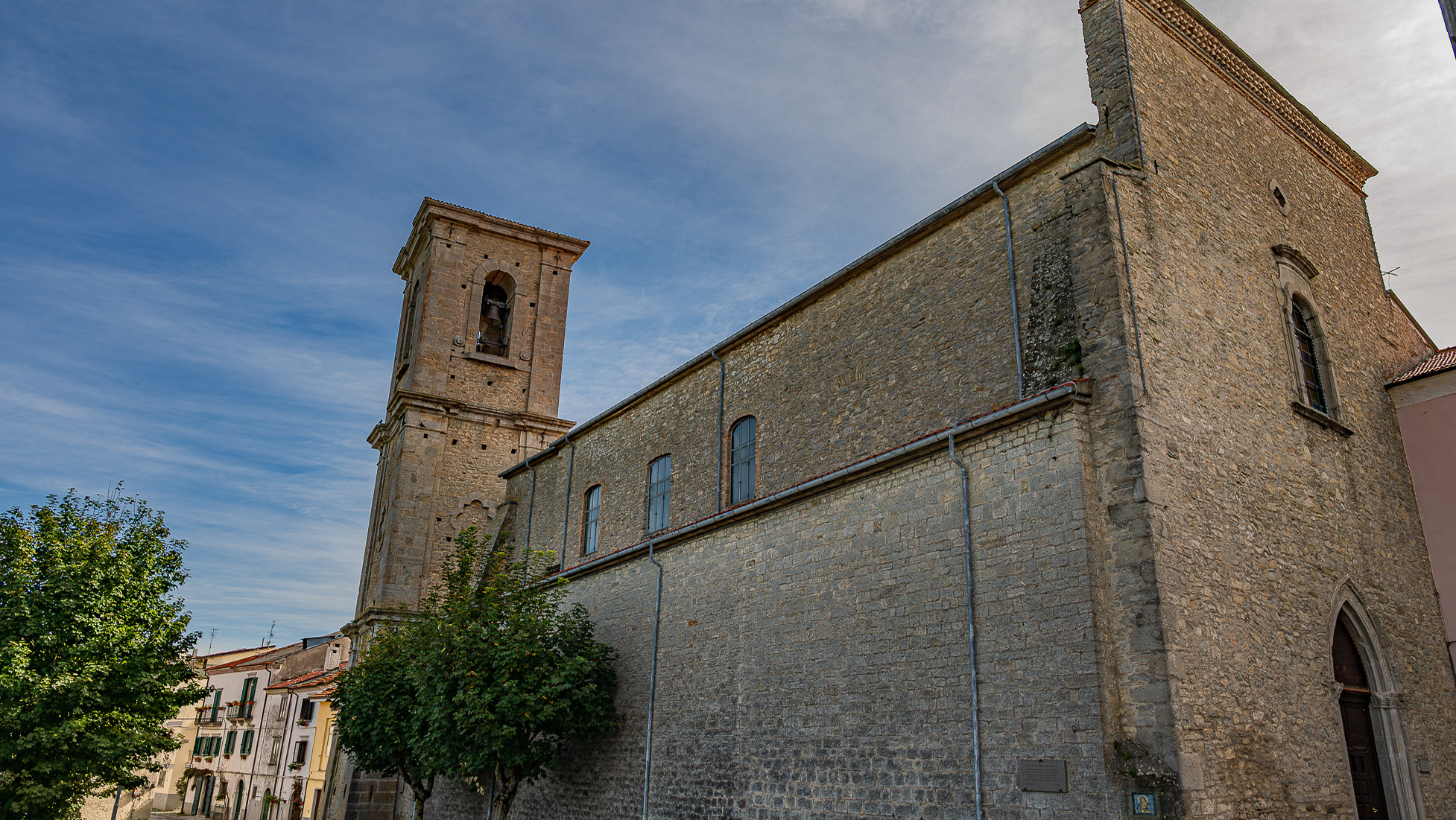
2023
Church of San Antonio Abate
At the beginning of the historic center of Agnone, there is this magnificent medieval church. The simple stone facade has a beautiful Renaissance portal, while the mighty bell tower of about thirty meters stands out from the apse. Entering the single nave interior, you discover a true triumph of splendid Baroque art. On each side there are five wooden altars, precious works by Agnonese artists, containing beautiful canvases. The main altar is a precious polychrome marble work and behind it, in the apse, there is a wooden choir surmounted by a valuable and large canvas depicting the Multiplication of the Loaves and Fishes. The frescoes on the ceiling with religious scenes are stunning, among which a large Last Judgment stands out on the central vault. On the counter-façade, another marvel: the choir with a carved and inlaid wooden pipe organ.
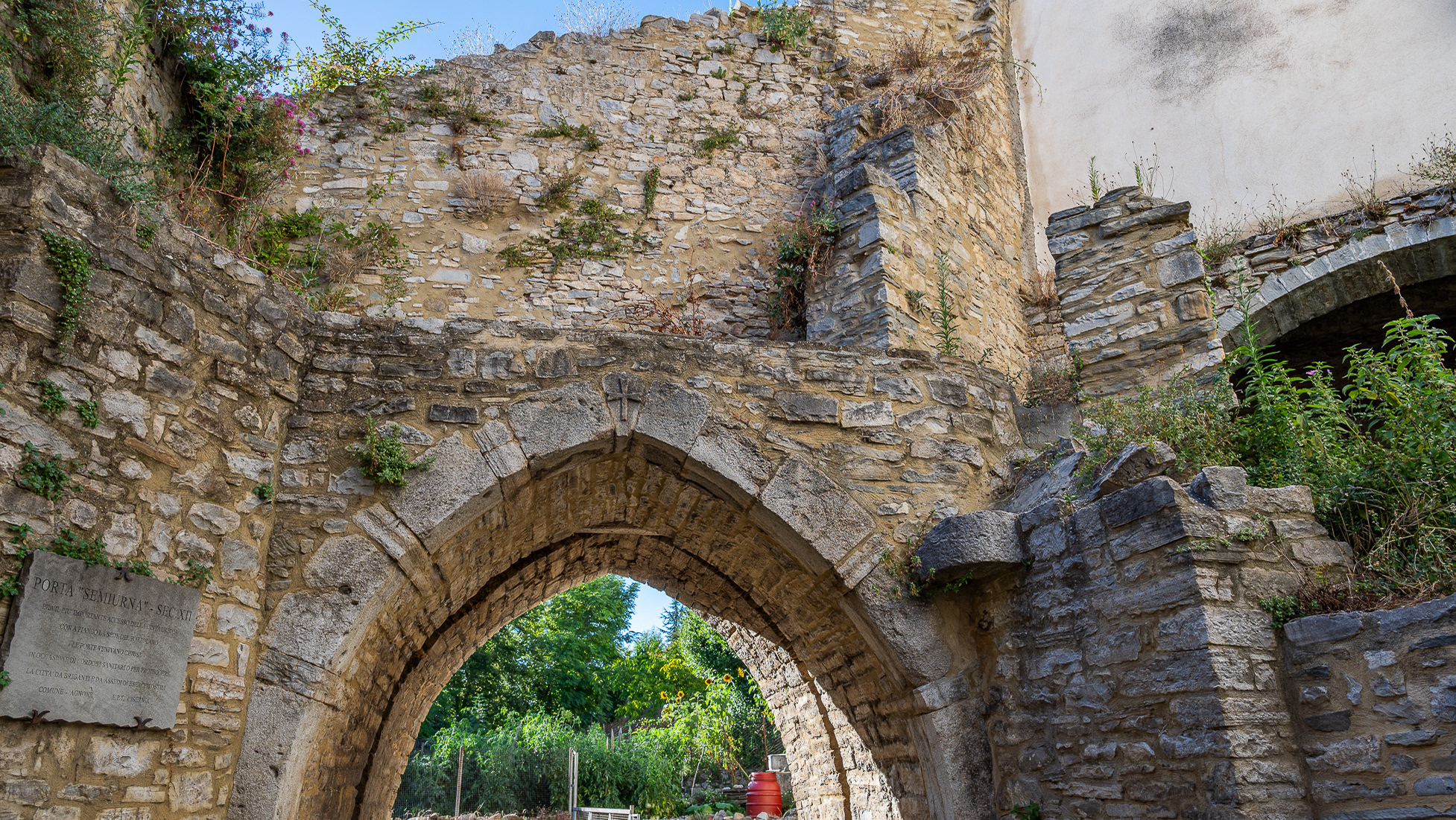
2023
Porta Semiurna

2023
Church of the Annunziata or del Carmelo
The church of the Annunziata or of Carmine was built in 1505, adjacent to the ancient convent of the Filippini Fathers, the last resting place of Saint Francesco Caracciolo, who died on 4 June 1608. It has a baroque rather than Renaissance appearance, characterized by a gabled façade divided into two sides with a cornice, and vertically with four pilasters on each side, with Doric capitals. Both the portal and the central window are in line with the axis, although very simple; the bell tower is vaulted, located on the left, and the crowning of the upper triangular architrave is serrated. The altar of the Madonna is the second on the right, and houses an eighteenth-century statue of Columbus, adorned with a crown, holding the Child in one hand and a flower in the other. The decorations of the single nave show Baroque splendour, with projecting columns adorned with golden Ionic capitals, and a mixed plaster between pink and white. The main altar shows a niche with the crowned Madonna between Jesus and a saint.
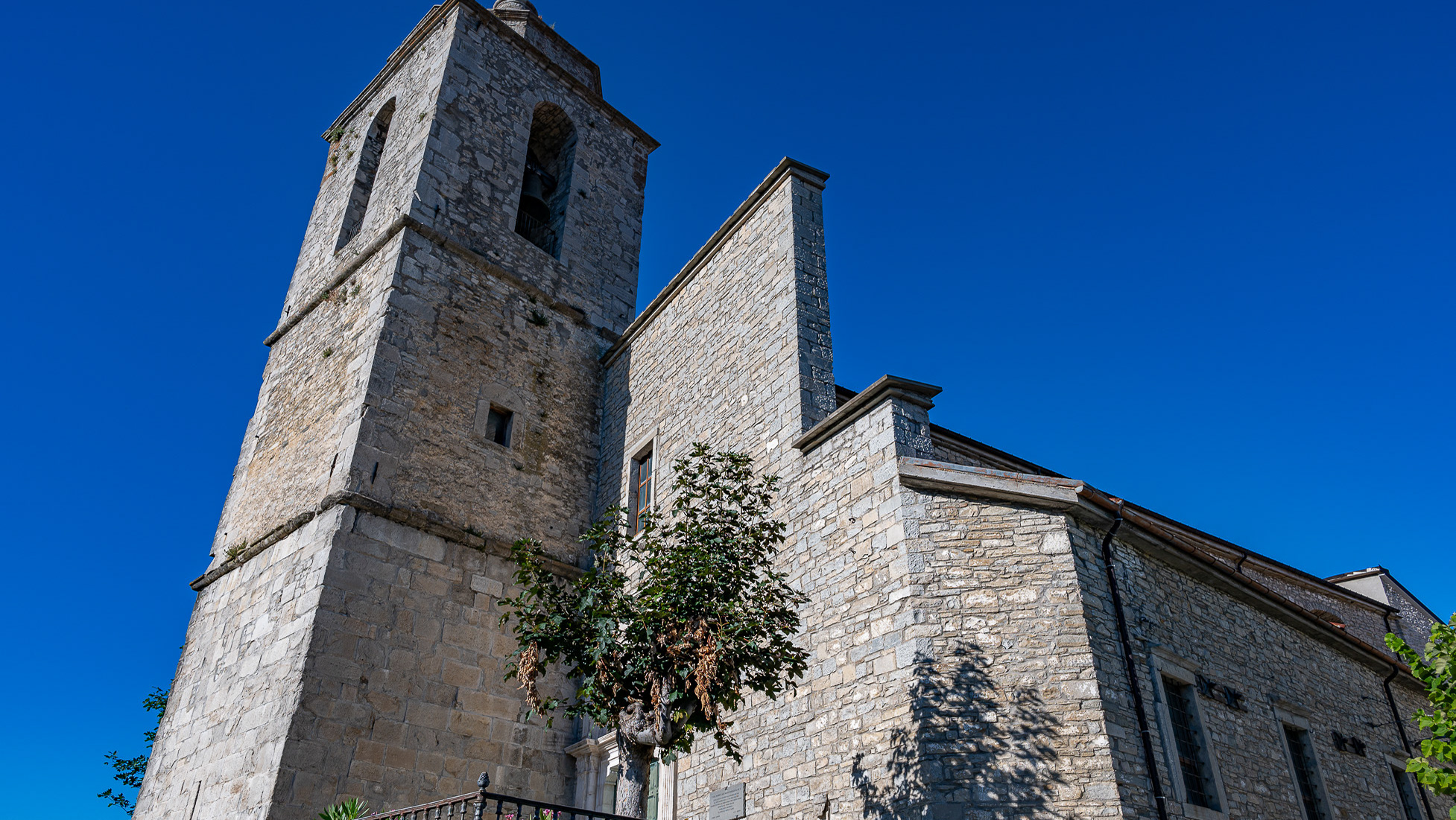
2023
Mother Church of San Marco Evangelista
On the medieval cardo outside the city there is a lookout transformed into a public park. Next door is the church of San Marco Evangelista. The original Romanesque construction dates back to the 11th century and is connected to the re-foundation of the town which took place under the rule of the Borrello family, linked to the Republic of Venice. The original building was in fact built by Venetians called by Landolfo Borrello. The lack of a semicircular apse and the presence of the bell tower on the bare façade suggest an inversion in the direction of the main axis during construction. The plan is irregular and the nave is single and has no transept, while there are side chapels. A series of contributions from subsequent periods are evident: Venetian Gothic arches precede the main altar, while the portal is Renaissance and the ceiling is polychrome coffered, in Venetian Baroque style. The wooden altars are also Baroque, while other furnishings range from various eras. For example, a valuable statue of the Madonna and Child is from the 13th-14th century while a statue of Saint Nicholas is by the eighteenth-century sculptor Giovannitti. The building was restored by the regional superintendence of fine arts.
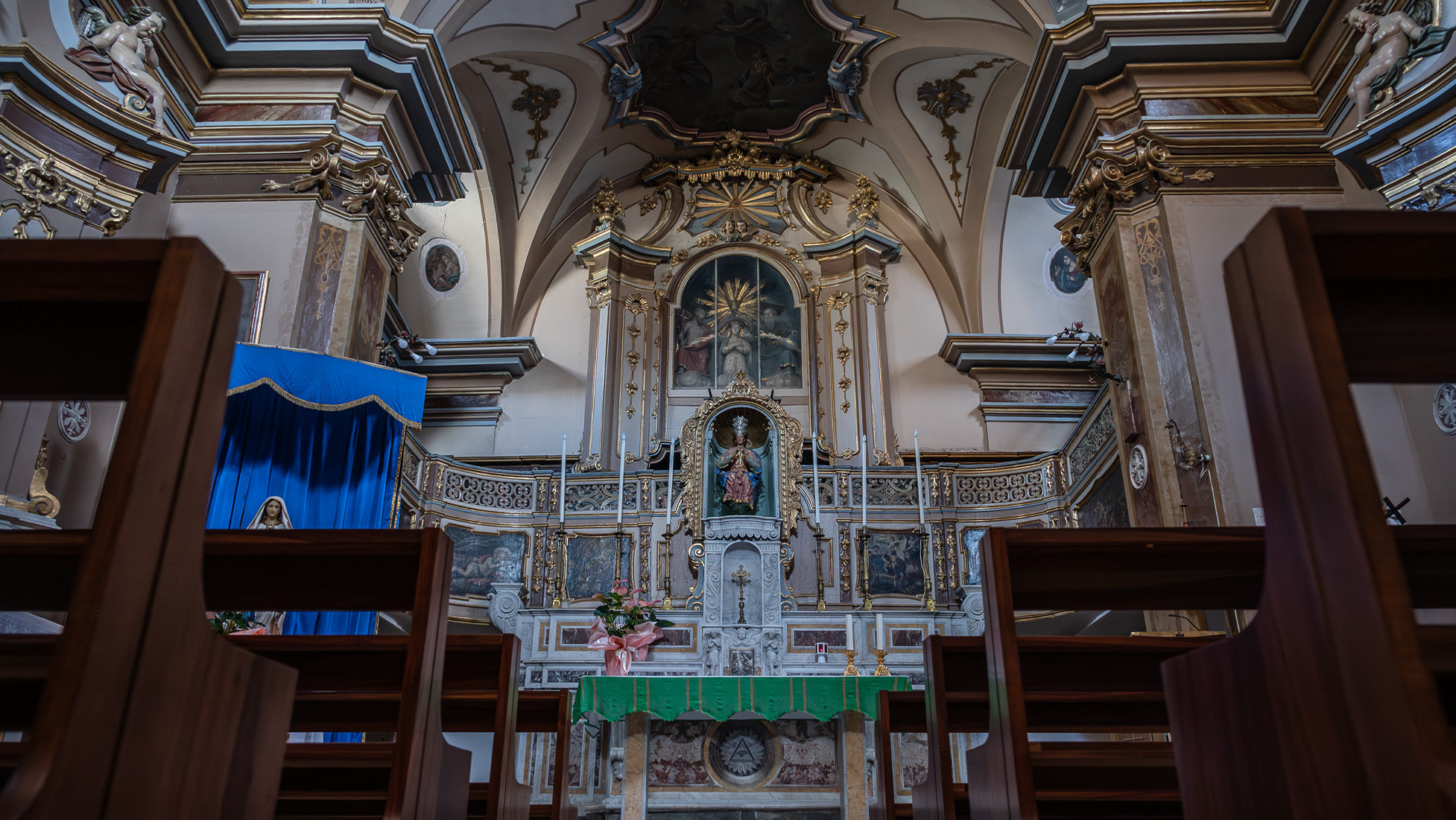
2023
Church of San Giacomo Apostolo #2
The small but precious Church of San Giacomo Apostolo, also called the SS. Trinità was built in the 13th century but its bell tower dates back to 1895. It is located in Piazza Plebiscito, where the main road routes of Agnone converge. The Governor's Palace (formerly the Magistrate's Court) and the Palazzo dei Conti Martisciano (later Bonanni) also overlook the same square, facing each other, with a splendid Catalan portal.
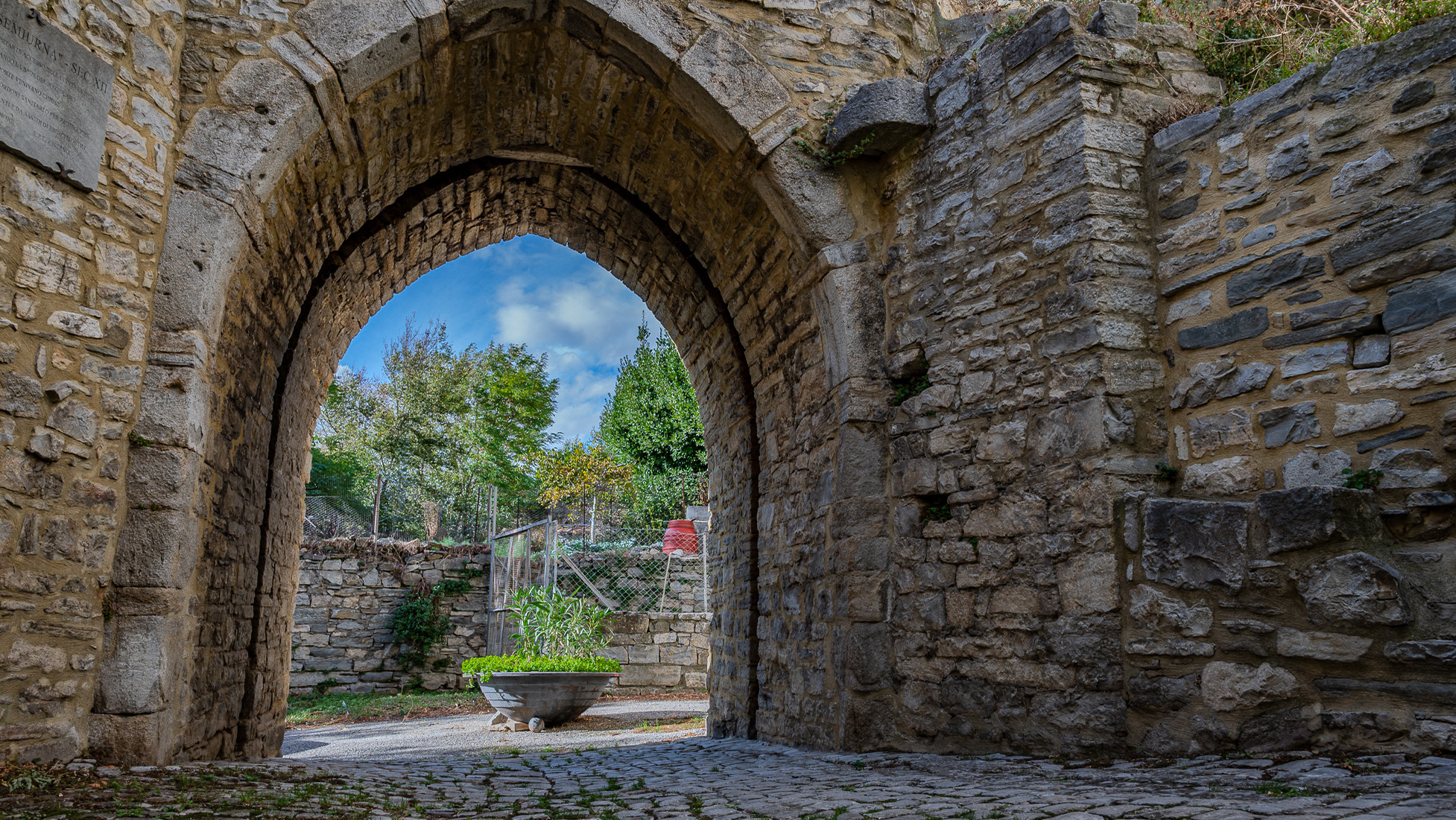
2023
Porta Semiurna #2
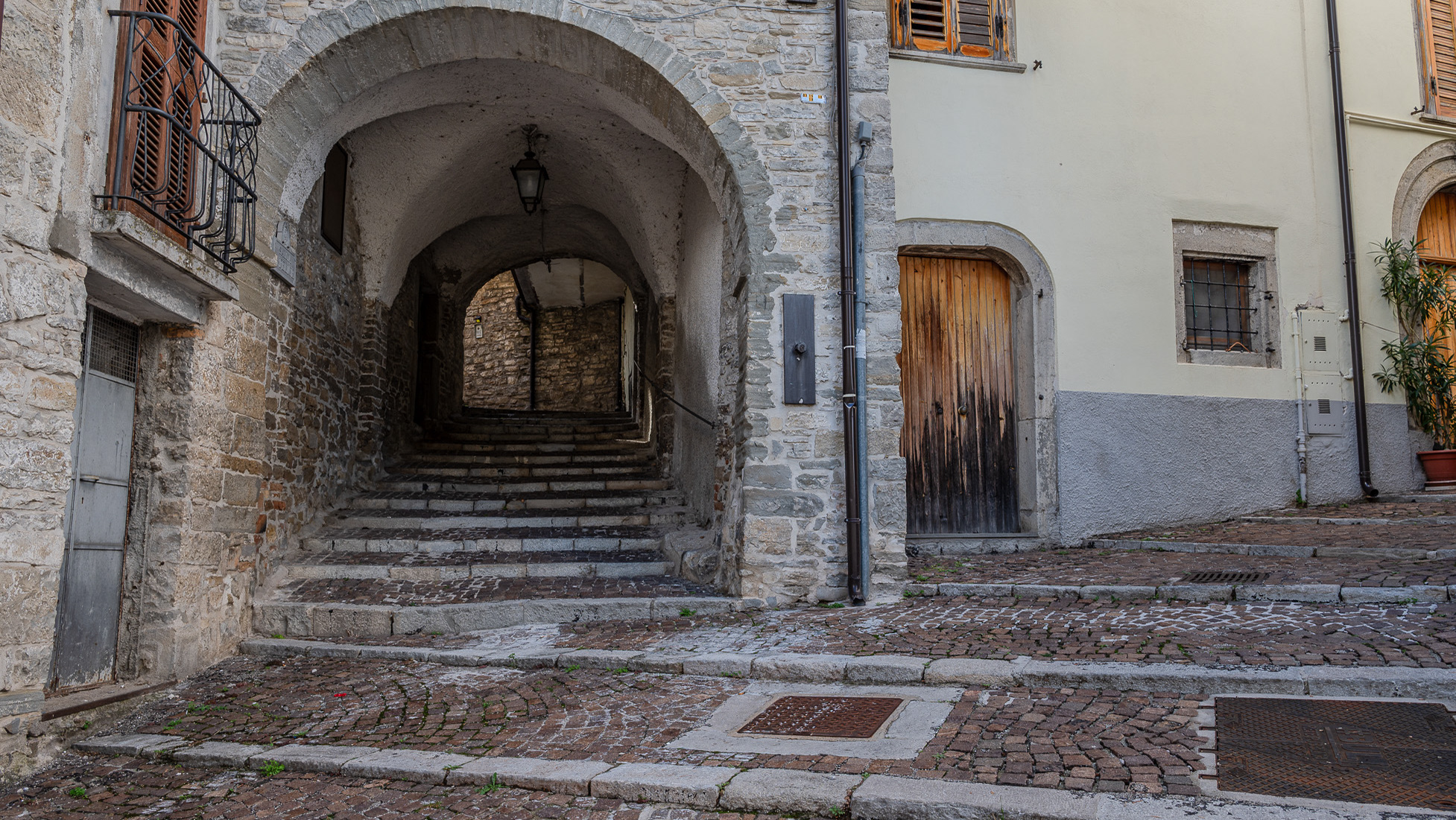
2023
Glimpses of the historic center
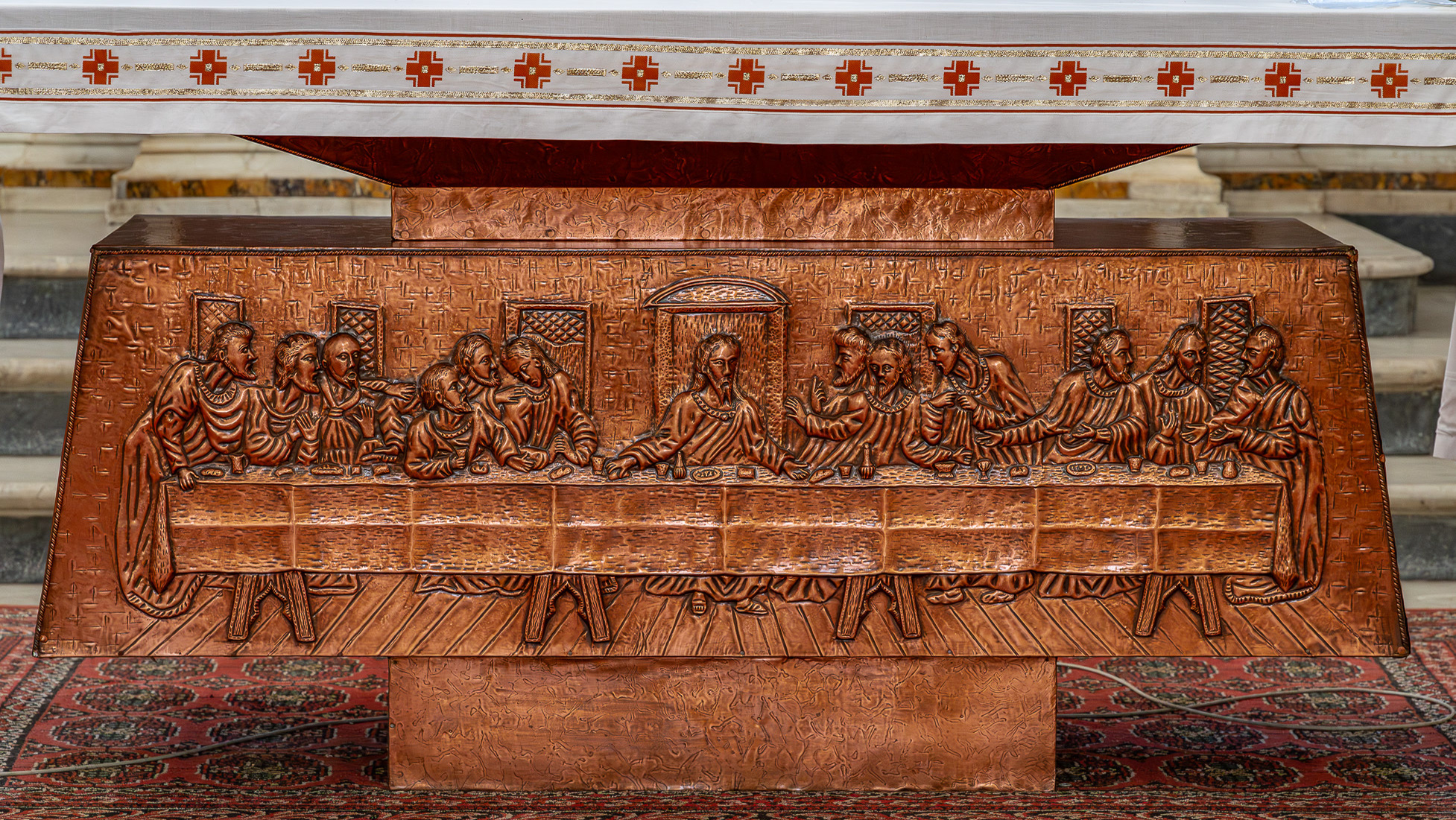
2023
Church of San Francesco
The church of San Francesco is considered a national monument. Dating back to the 14th century, it has a characteristic Gothic portal surmounted by a fascinating rose window. Worth highlighting is the superb drum dome and the original bell tower (with the final part in wrought iron). Inside the church, with decorations by Ambrosio Piazza, there are very rich altars and frescoes by Paolo Gamba from Molise. Adjacent to the church of San Francesco is the former convent of the Conventual Fathers, with a cloister (on whose walls there are frescoes representing the life of San Francesco), home to the municipal library and the permanent exhibition of ancient books with very rare volumes, including including an ancient copy of Plato's Opera Omnia, dating back to the 16th century.

2023
Church of San Giacomo Apostolo
The small but precious Church of San Giacomo Apostolo, also called the SS. Trinità was built in the 13th century but its bell tower dates back to 1895. It is located in Piazza Plebiscito, where the main road routes of Agnone converge. The Governor's Palace (formerly the Magistrate's Court) and the Palazzo dei Conti Martisciano (later Bonanni) also overlook the same square, facing each other, with a splendid Catalan portal.
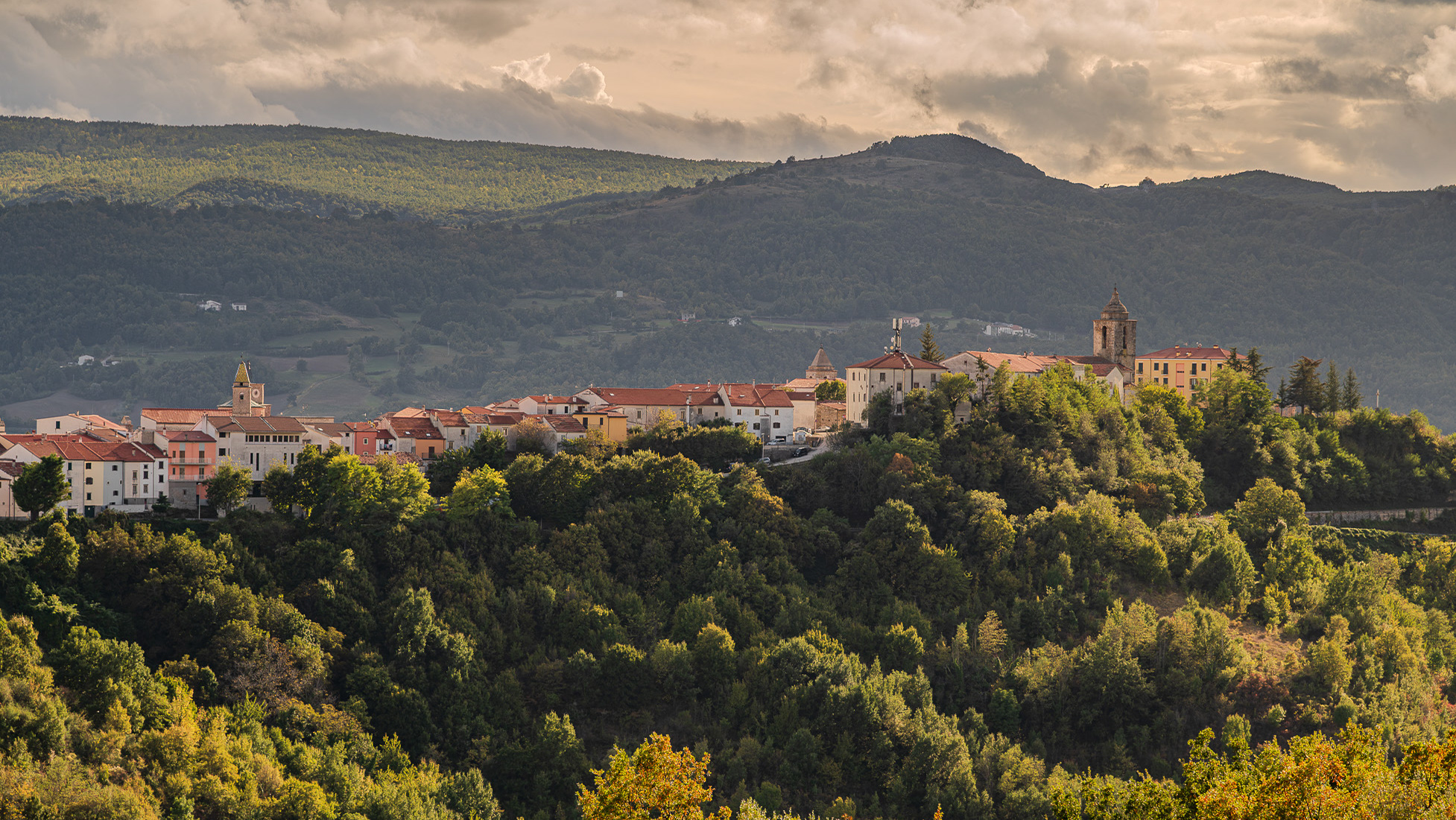
2023
Autumn landscape #2
